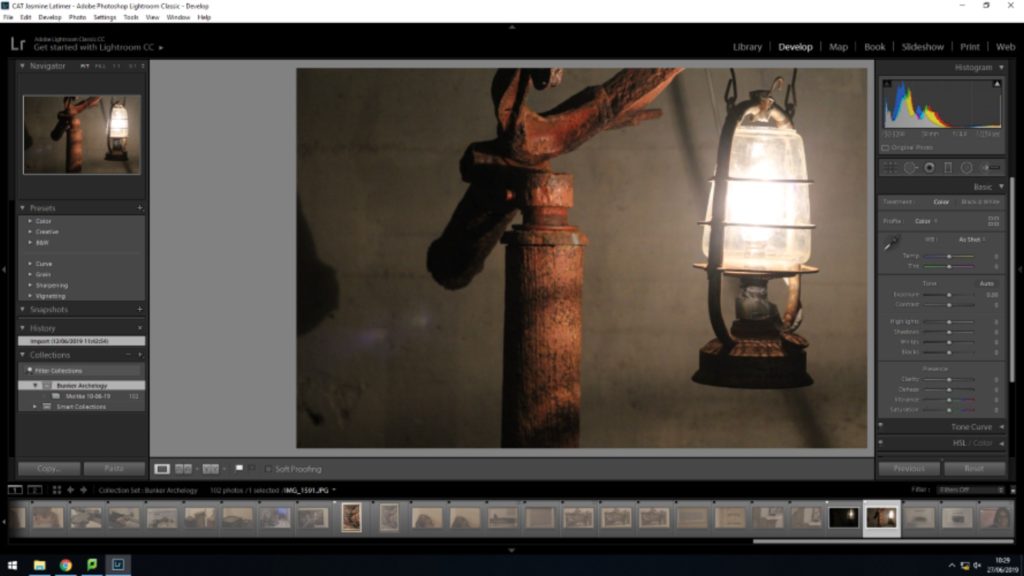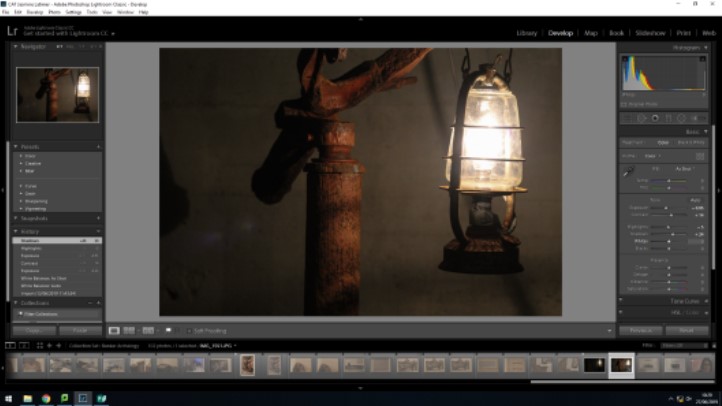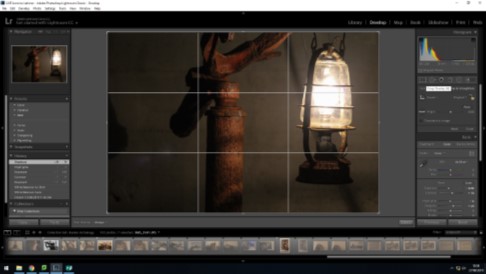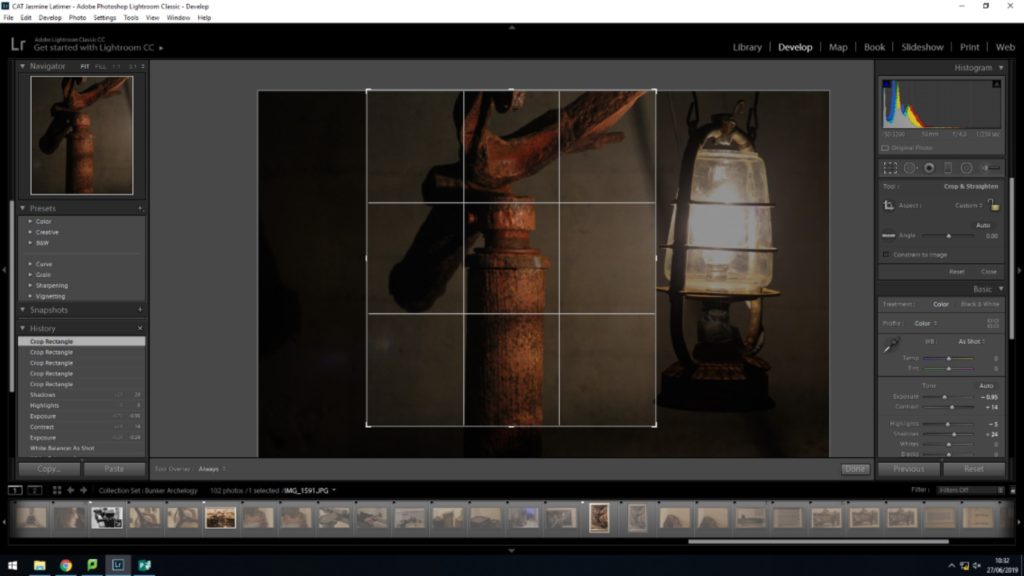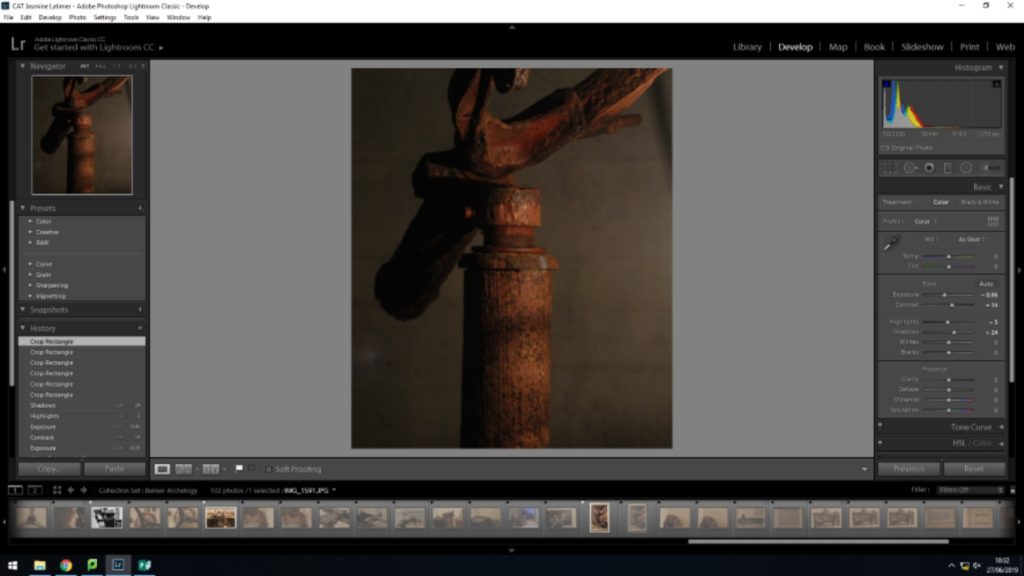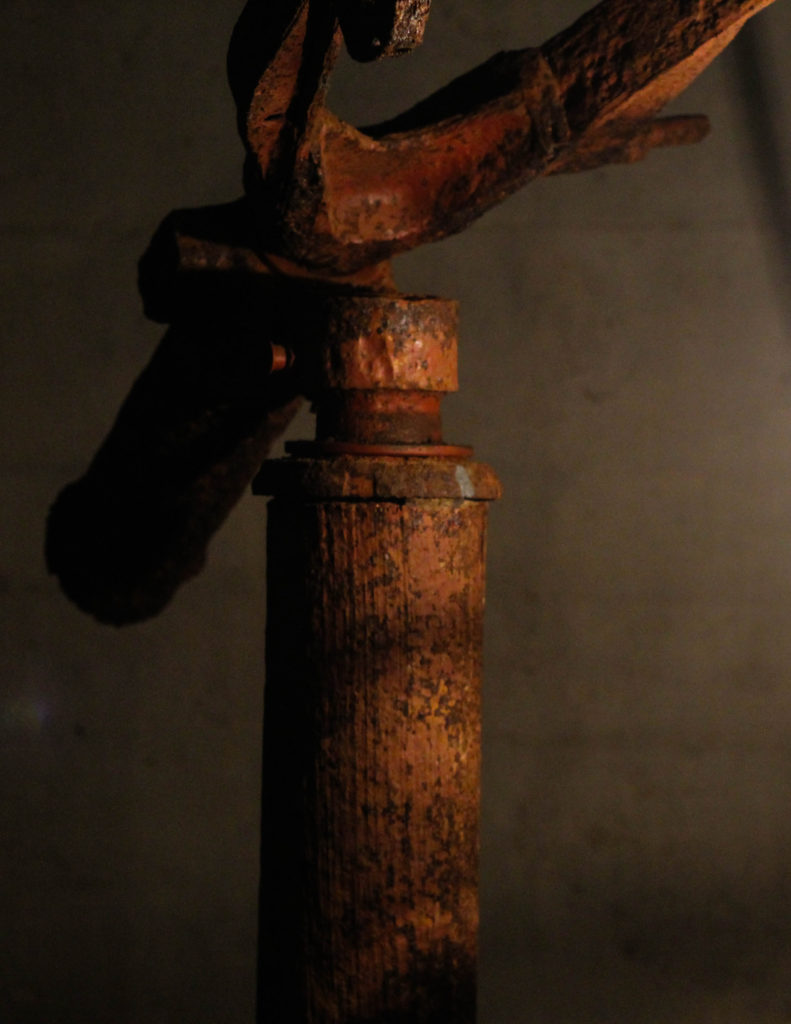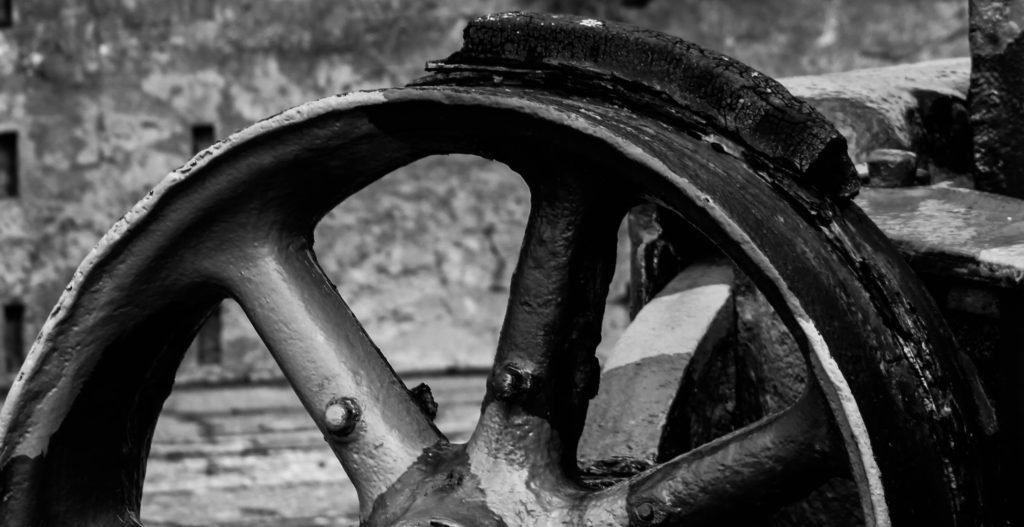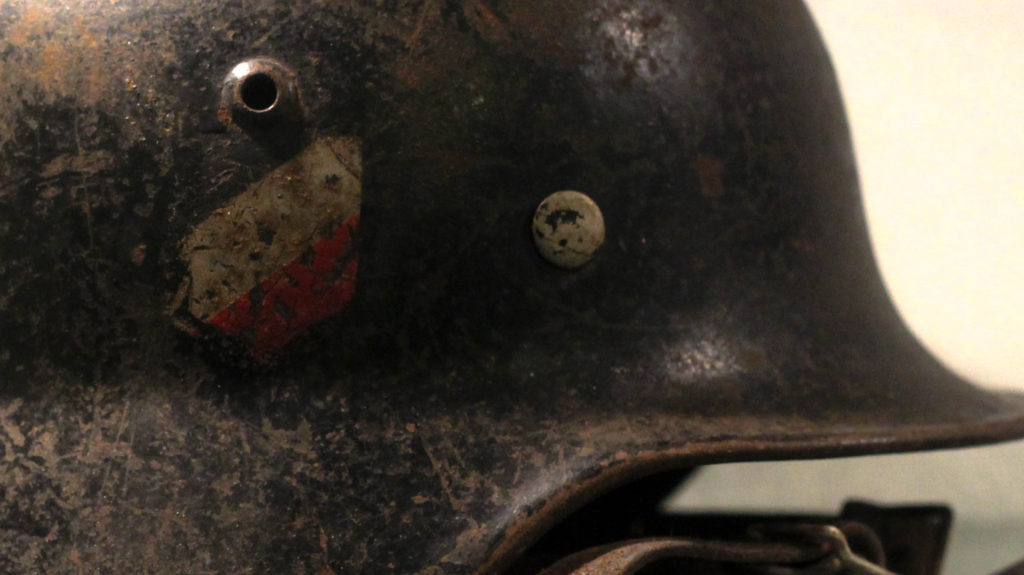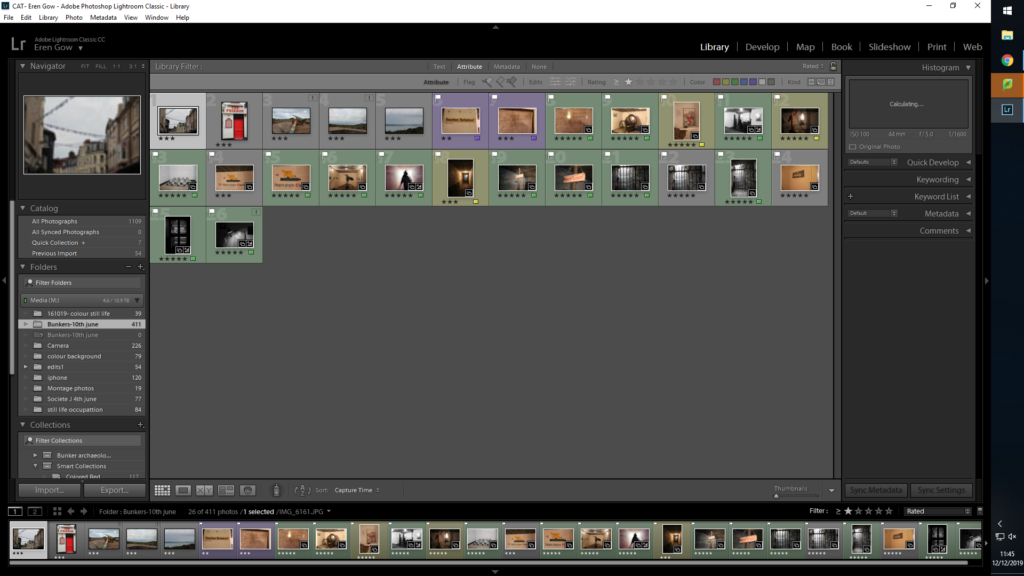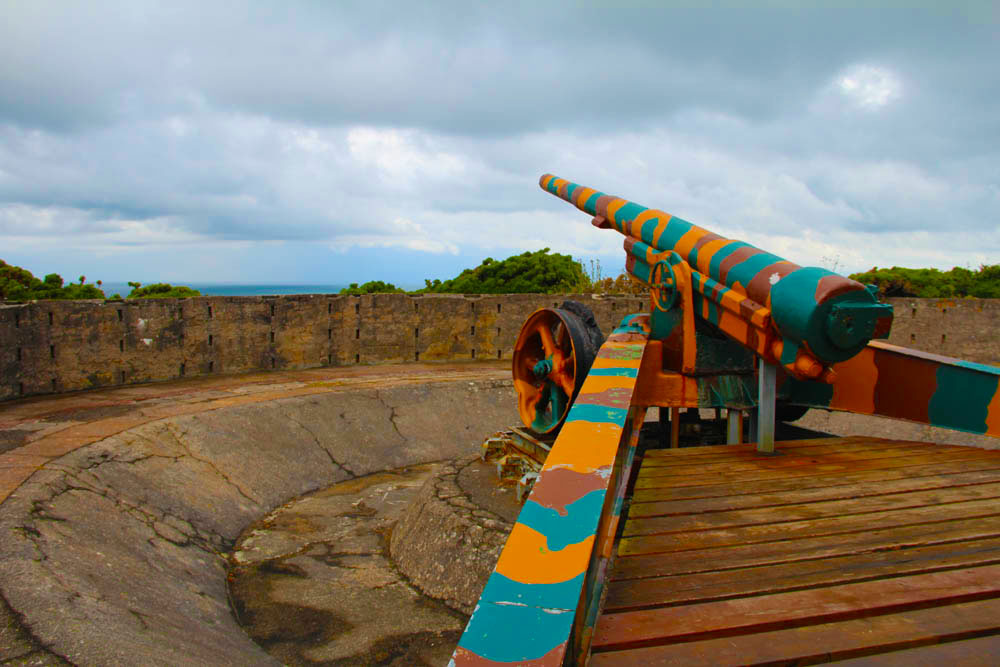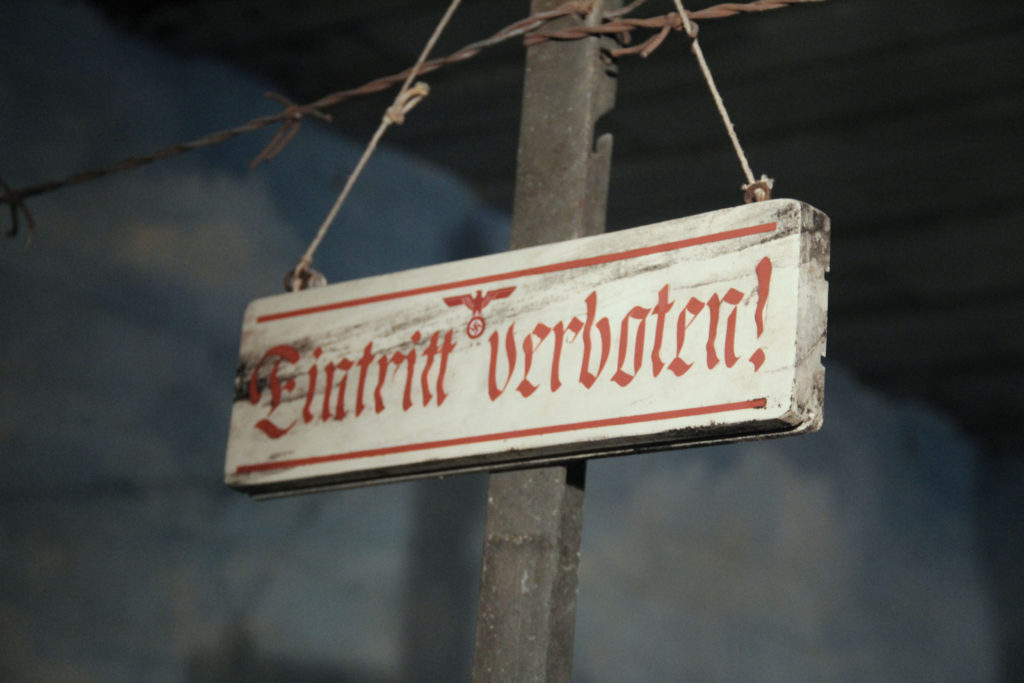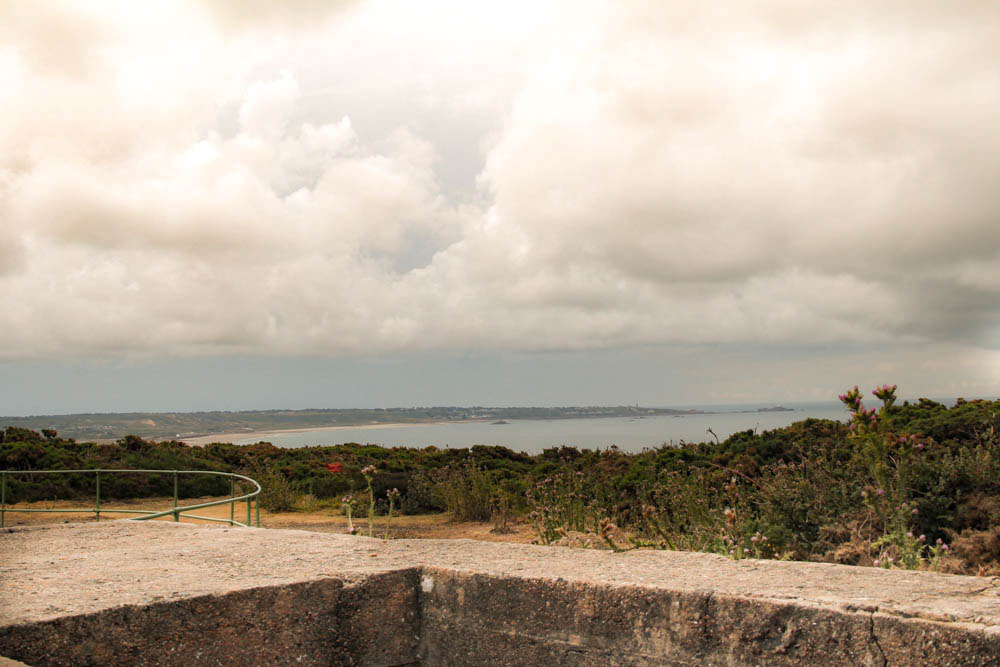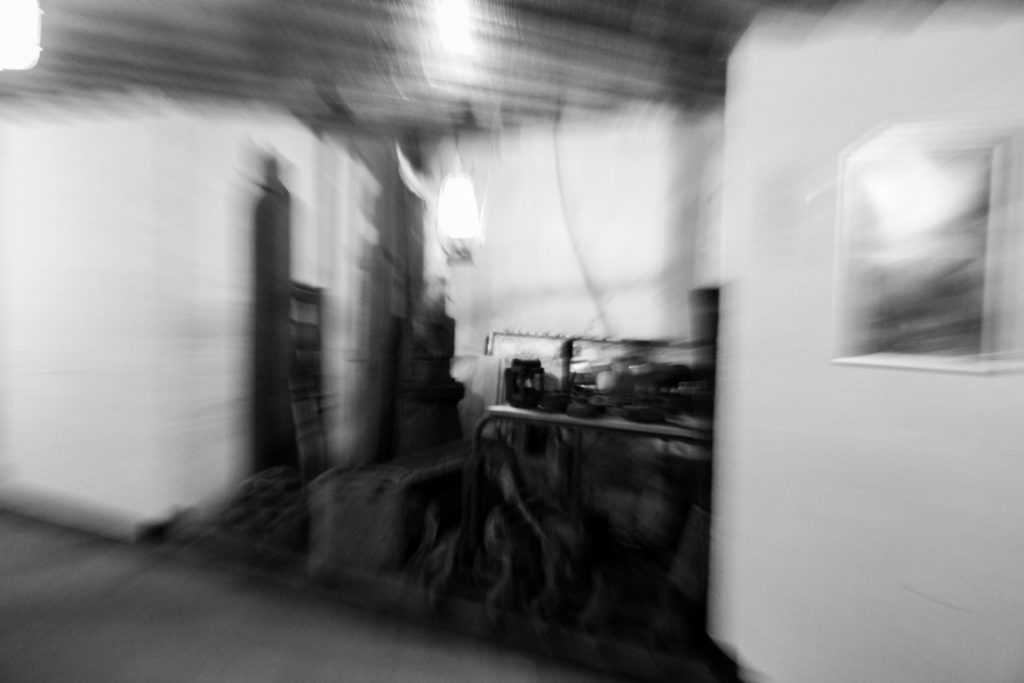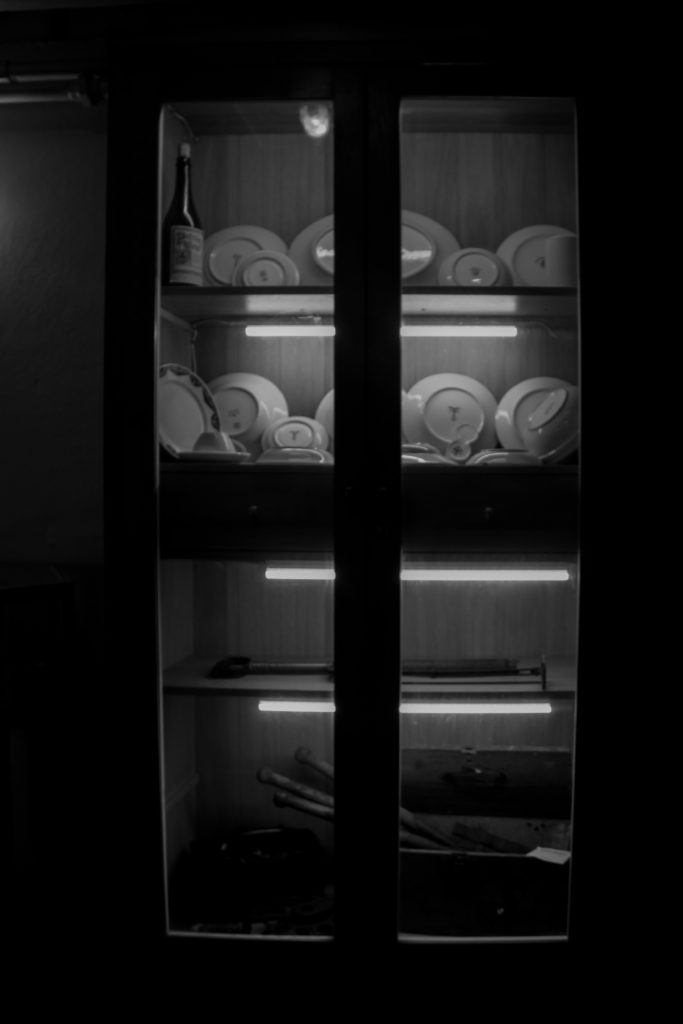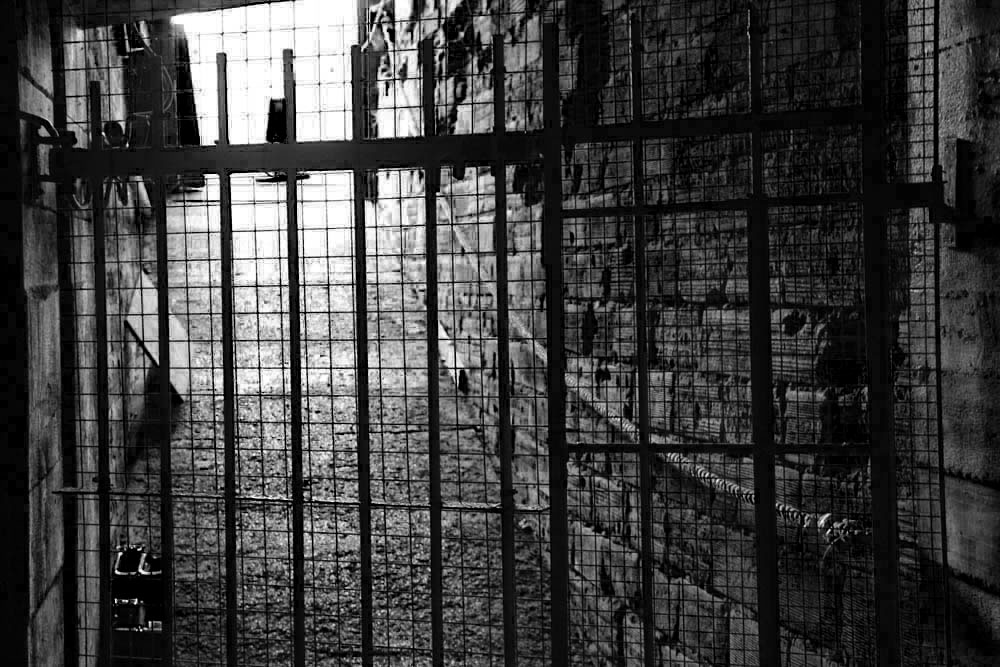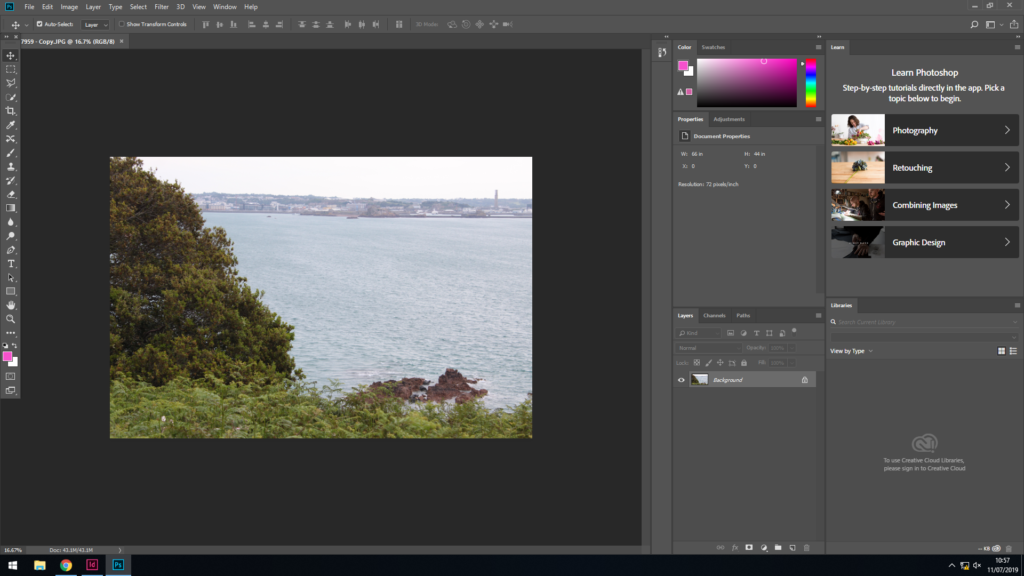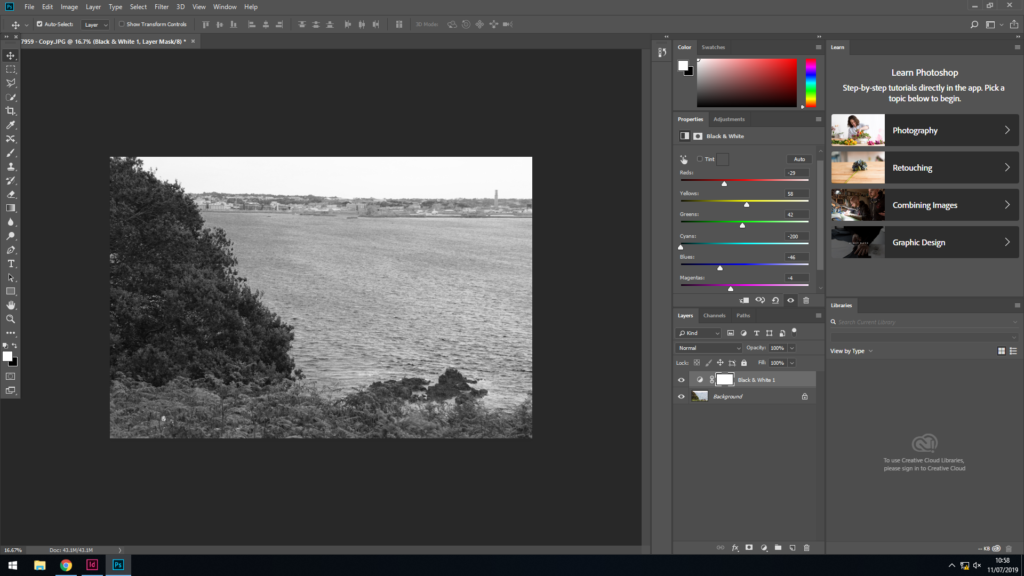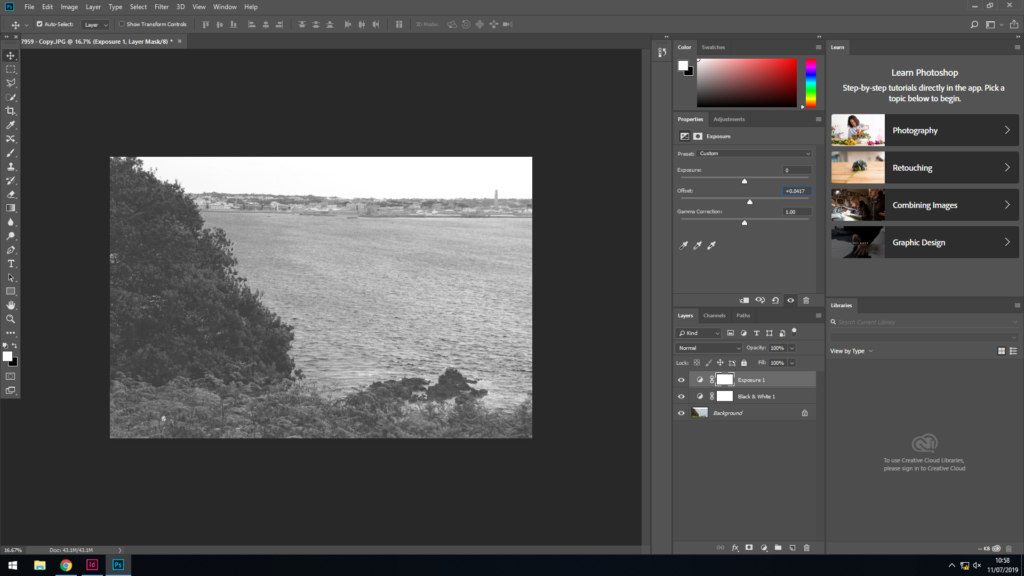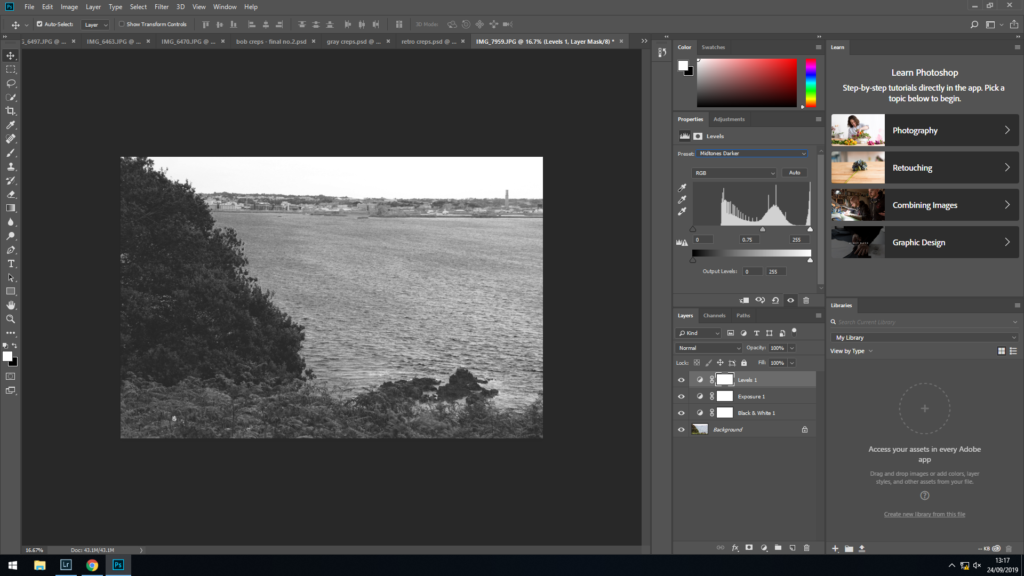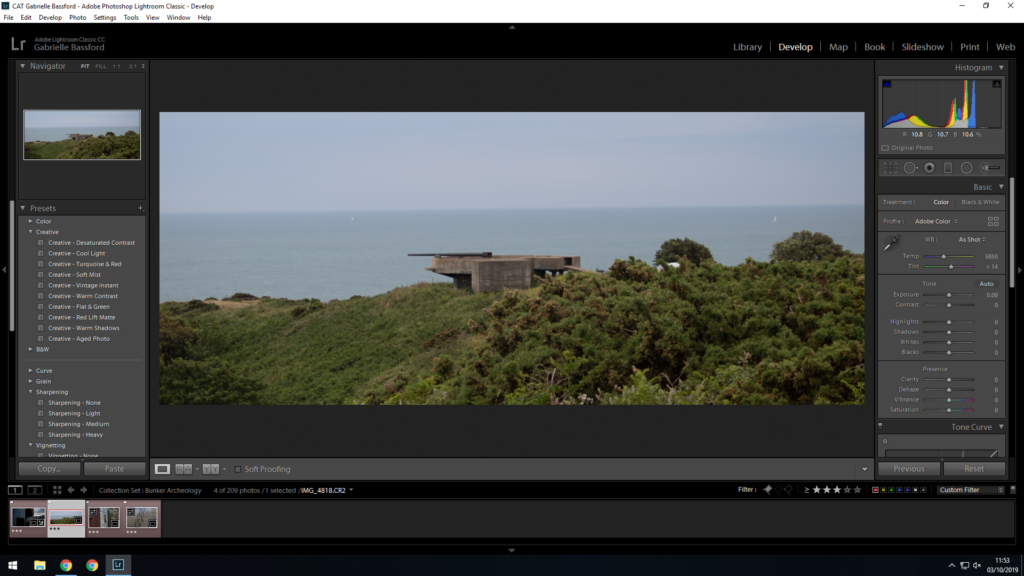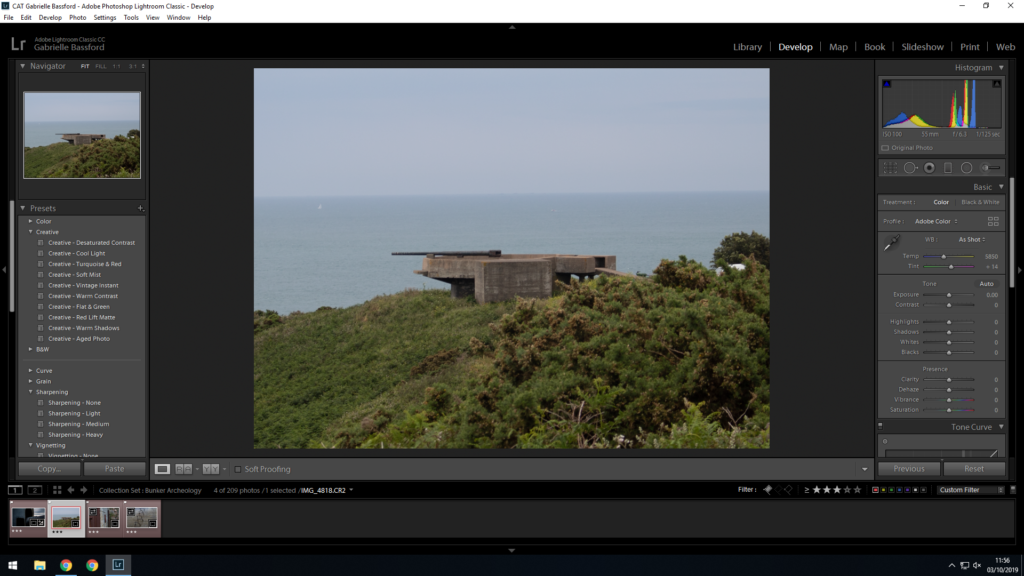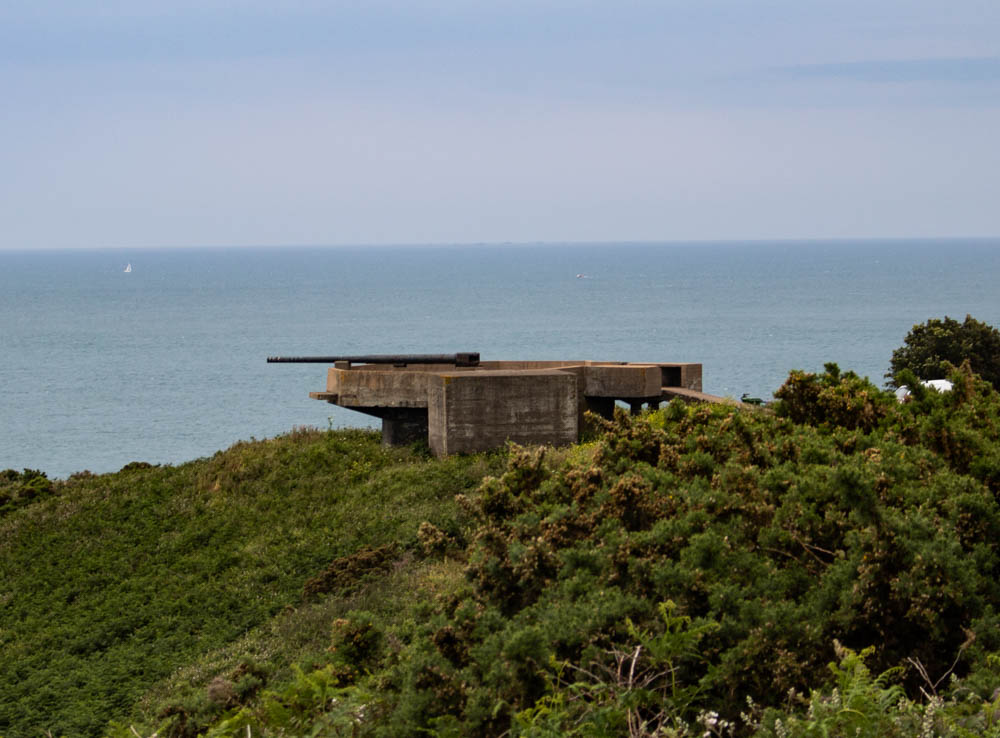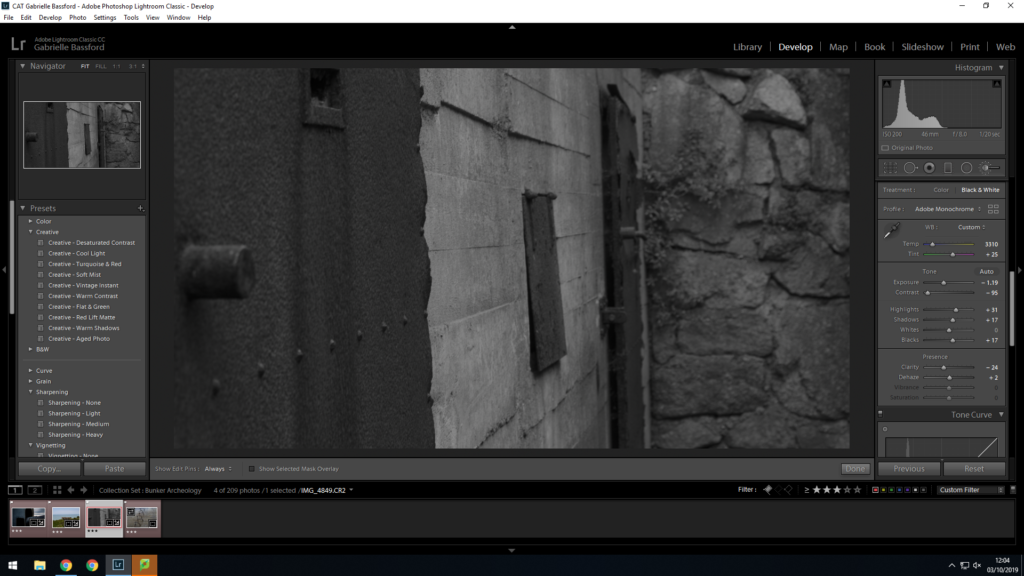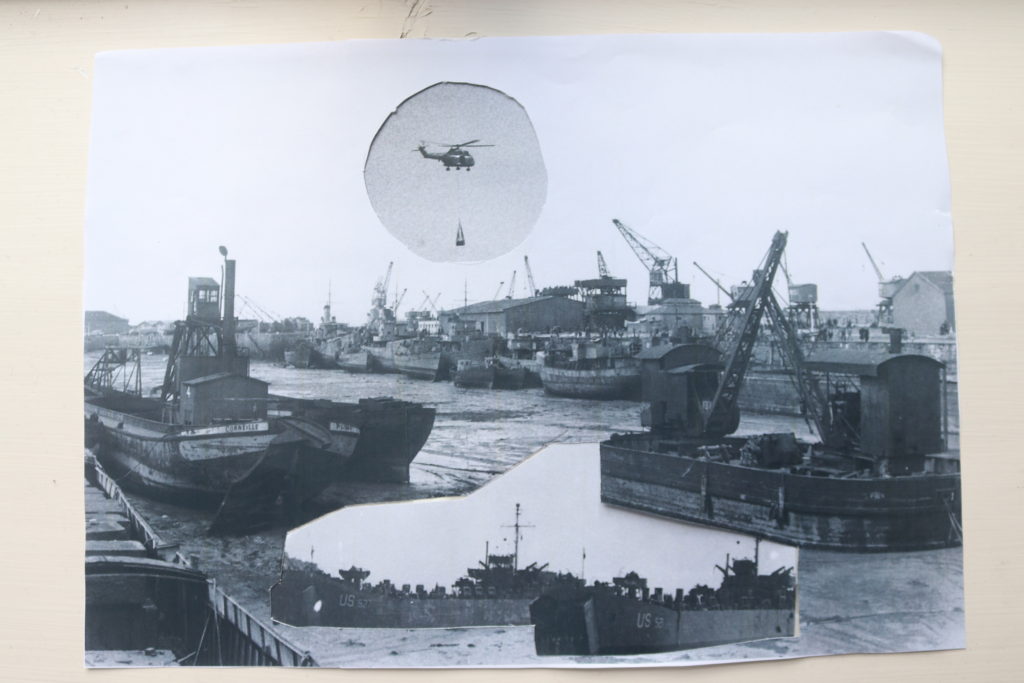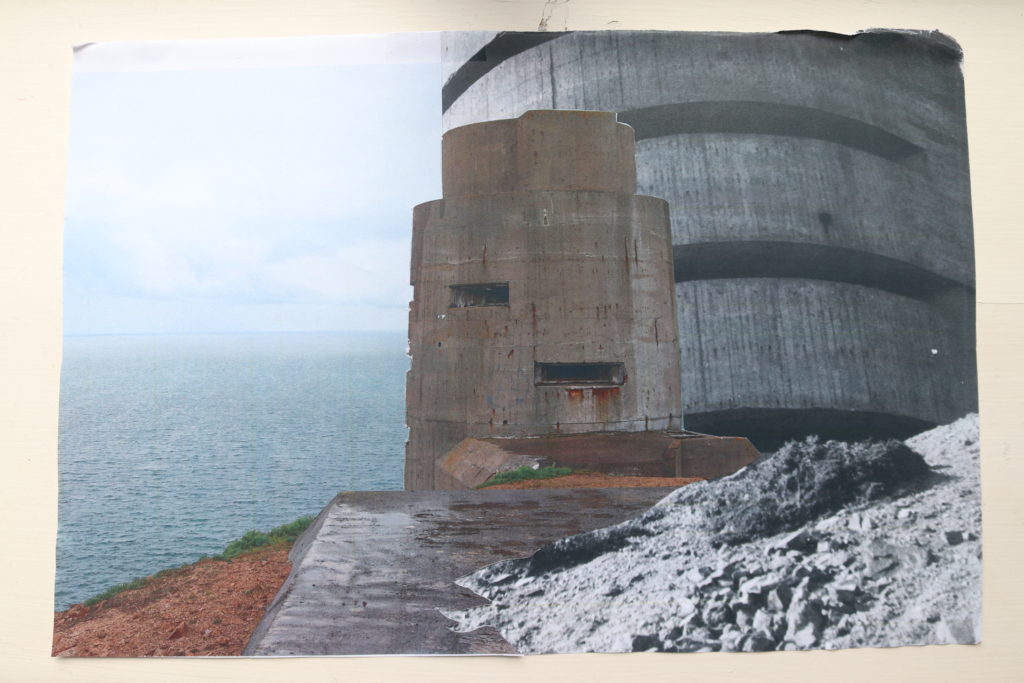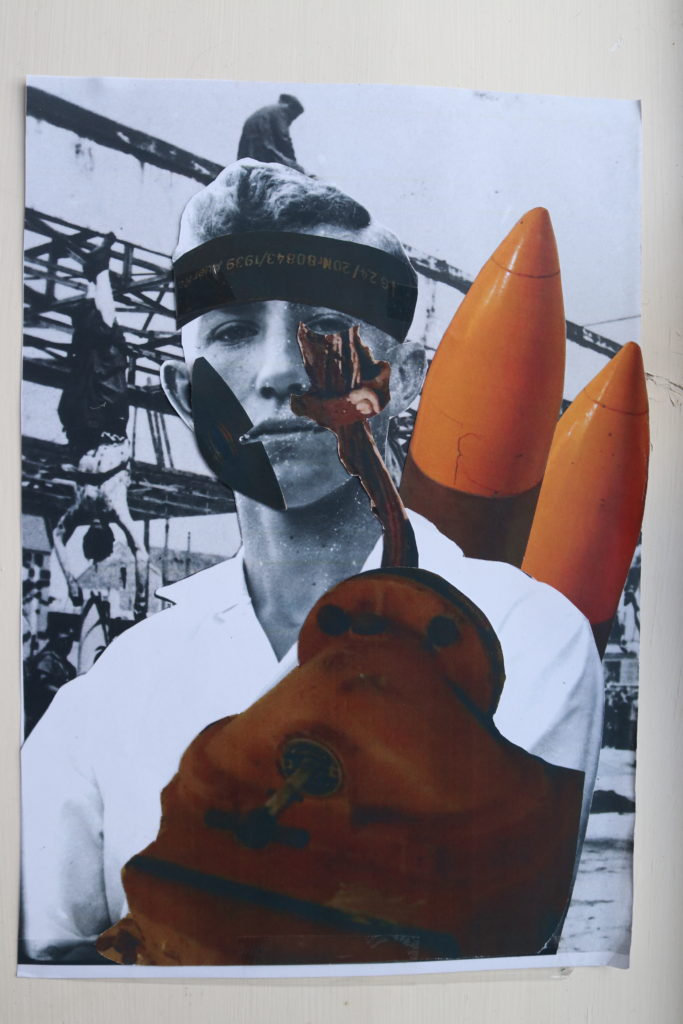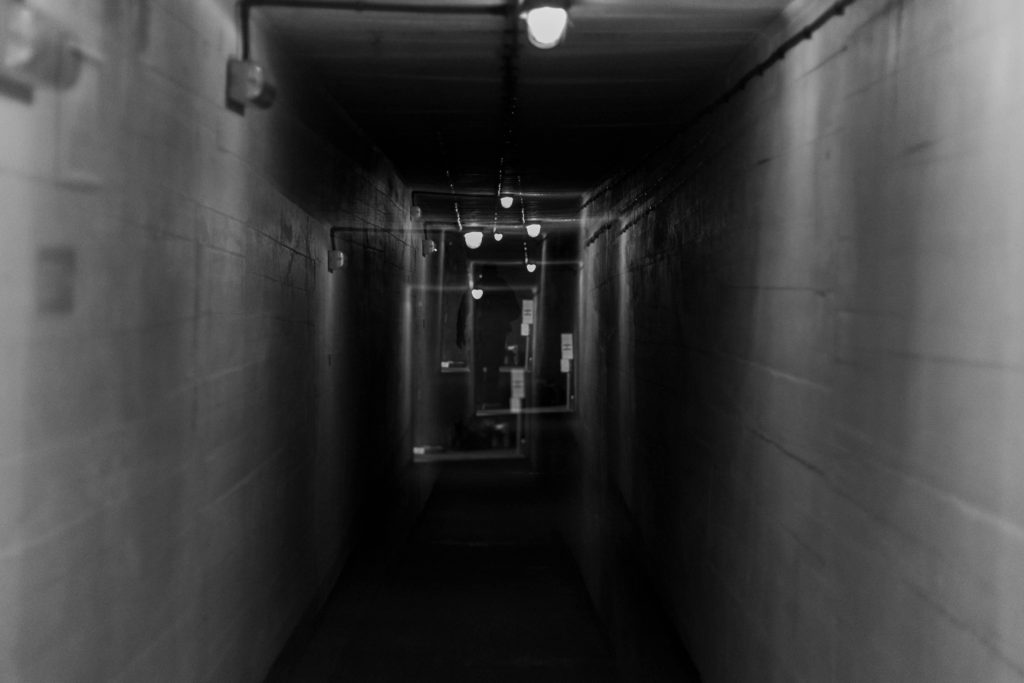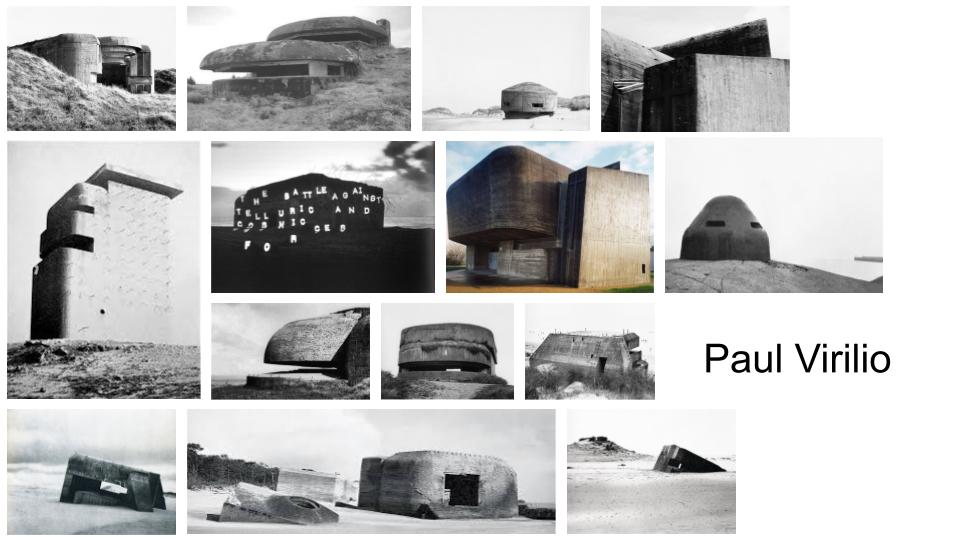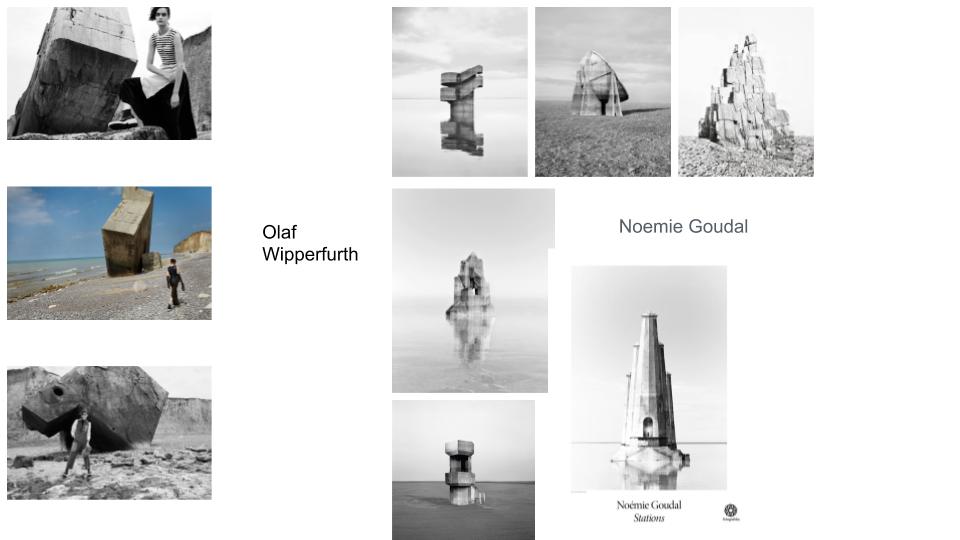How do archives function?
Archives are an important part of everyday, they store and keep important information about the past, for example they the document Births, famous events which happen, and this means that in years to come people can look at this and see what went on in the islands.
What are their purpose?
Archives have different purposes, there are two types of archives, you have Public Archives which you could go and look at documents for a small fee, and if you wanted a copy of a particular document you would have to pay a fee, for example in Jersey we have a State Archives this is where all the public events documentation are kept.. However there is also a Private Archive which is a a personal storage of photos and documents which are kept by families e.g. through photo books but an more simple version of this is the photos we take on our camera or photo which we keep hidden.
How do archives act as repositories of cultural memories of the past?
There are four types of repositories which are personal, collective, historical, and archival, In the Archives it self The documents are kept in rooms at specific temperature so the air doesn’t damage the documents, They are stored in alphabetical order, and Archives use reference numbers, which then when you go and look online you can then easily find what you want. The storage of letters and specific photographs are kept in acid proof boxes to protect them, and you have to wear gloves when handling. Archivists and Manuscripts curator also have a huge part in the repositories of the cultural memories as they have to select and record documents they want to later have preserved but also to be added to a collection.
How do Photographers Use Archives to extend their Publicity References from David Bates Text
An example of this from David Bates text is “Louise Lawler’s uses photographs feature artworks in private homes, public museums or auction houses and other key institutions that organise taste and evaluate art aesthetically, Critically, and economically”.This shows us that Photographers wanted to extend where their photos were being seen as the photographs were getting more conscious of how they were putting and presenting their works. I feel that this in the future will effect how Photographers use archives or they might not want to use these institutions, and they might go digitally instead. Another example from the text is “With reasonable economic means, its easy to select and distribute pictures and have access to modes of representation” Seeing this through our generation, which is the most affected by the internet as we are using it everyday, another quote which supports this is “Photography enables anybody to collect anythings – food, clothes, found objects, pets, people.”. I believe that this supports my idea as instead of using a actual physical camera.
In what way does photography perform a double role within archives?
Photography performs an important role in Archives, as it helps us as the public look at the different photos they have taken but also, Photographers help us understand the past, whereas with just having documents it would be difficult to fully understand what happened in the past. It allows the Photographer to see what they have done in the past and it can help them improve and to see what they need to change. In David Bates text he explains his version of how photography plays double roles in archives, this is his explanation “Photographs can function as both collected artefacts, that might be put on display as way to collect the museum and its artefacts, sine the photograph is a form of archive in its own rights”. This is different to my explanation of how Photography plays in Archive.
Imagine how you will look in your archive of adulthood and what type/style of pictures you want them to be?
For when I am older, i would want different types of pictures, for example I would want to be able to document the past in my childhood, but I would want to see how the place I was living had changed or to see how as a person I have changed to suit the way I have lived. Another way I would want is group pictures that resembles the friendships I have made or again documenting events. I would also consider doing a montage for the style of pictures, as I would be able to see a comparison between the old and new.
How will looking at archival material enrich your personal study?
I believe that looking at archival images will help me with my personal study, as I will be able to fully understand what happened in the occupation, I would also be able to do a comparison between what I have Done and the types of photos take in the occupation which have been preserved. For my personal study, I want to look further at either landscapes or looking in more detail about my family history, as theses two topics are interesting.
In what way has looking at archives been a resourceful exercise?
Looking in the two archives we have been to, I think that they have been useful for me exploring the history of Jersey, The state archive, helped me understand my family history, but also the other families that lived in the channel islands and their personal story. I have found that the Photographic Archive helpful as it allowed me to see the different areas which were affected by the occupation but also how the people saw the ideology of Nazi rule. Overall I think that the archives I have visited have given me a good understand of what I need for my personal study.
What have you learned?
I have learnt the important roles that Archives play in storing important information about our history tat we may not know about, but also I have learnt how to use an archive properly and the different effects they play on different people, This eventually could help me with ‘Bunker Archaeology’ but also my ‘Personal Study’. It will also help me in the future to Show other people how archives work and how to use them, which will therefore help improve other people’s view and understanding of archives

